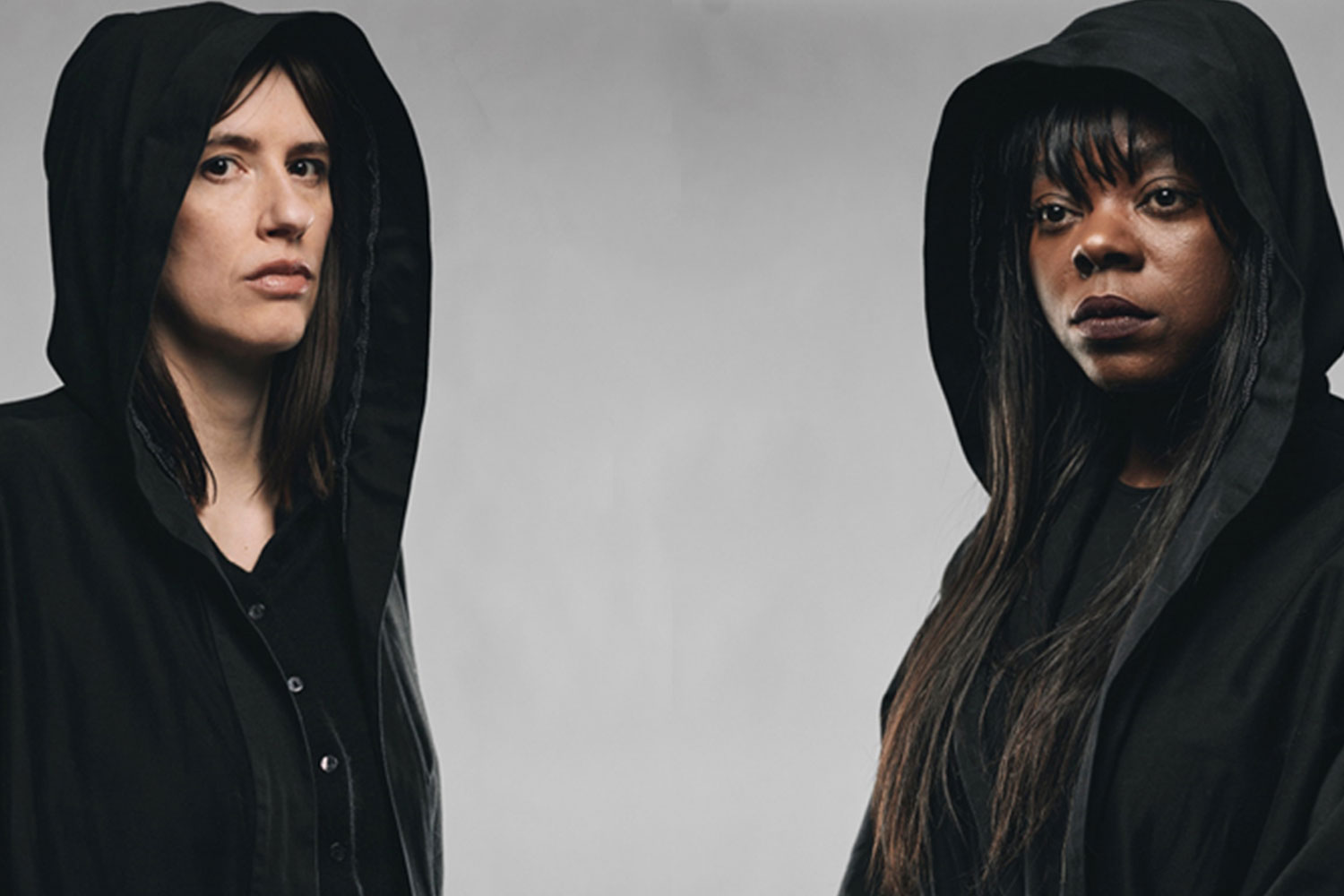The Picture of Dorian Gray (Trafalgar Studios)
"To reveal art and conceal the artist is art's aim." So wrote Oscar Wilde in his preface to The Picture of Dorian Gray, yet alas for him he's all over this adaptation. It's been done by the show's producer, John O'Connor, and the author's own grandson, Merlin Holland, armed it seems with a copy of The Bumper Book of Epigrams (although, to be fair, a lot of their Wildean one-liners come from the novel), and together they've stuffed their show so full of patter that the creepy story struggles to be heard.
This is the tale of a handsome young man (Guy Warren-Thomas, beige from head to foot) whose dissolute life is etched not in his face but in the bewitched portrait he keeps in the attic. The decline starts, following an episode of heartless abandonment, with "a touch of cruelty about the mouth", but as the decades roll by he continues to look like a freshman while the painting falls into raddled old age.
The dramatisation suffers from literalism and timidity, and it's not helped by Peter Craze's stop-start direction. It's astonishing how many scene changes you can get through with just a stool, a chair and a picture frame, just as it's perplexing how much talk of reprehensible behaviour can pass without illustration. I wasn't expecting 50 shades of Dorian, but the evening cries out for some notion of what makes this Mr Gray dissolute.
If Wilde's creep-you-out morality tale is to make its mark we need to understand the humanity at its heart. There is none. Craze's production explores no subtext and encourages no colouring of the words beyond good diction and a lively delivery. Gray himself turns from well-intentioned twerp to nasty piece of work at the turn of an interval and his dramatic needler, Lord Henry Wotton (John Gorick, who gives a valiant performance against the odds) is less Mephisto than Oscar Wilde in a sea of self-regard. Potential currents of eeriness and interiority fail to survive the onslaught of his verbiage.
In the four-strong cast Helen Keeley plays every female role (eight in all) that is not taken by either Gorick or Rupert Mason in drag. As for the lad himself, Warren-Thomas certainly looks the part: blond, epicene and angular, he makes a decent fist of an impossible role. But the staging, untouched as it is by imagination, never takes off. A coy opium episode falls flat as a hissy smoke machine belches into the tiny Trafalgar 2 space; and as for the titular picture, the production ducks out of showing it at all. The Empty Space of Dorian Gray may be an unkind retitling, but it's not far from the truth.
The Picture of Dorian Gray runs at Trafalgar Studios until 13 February.










